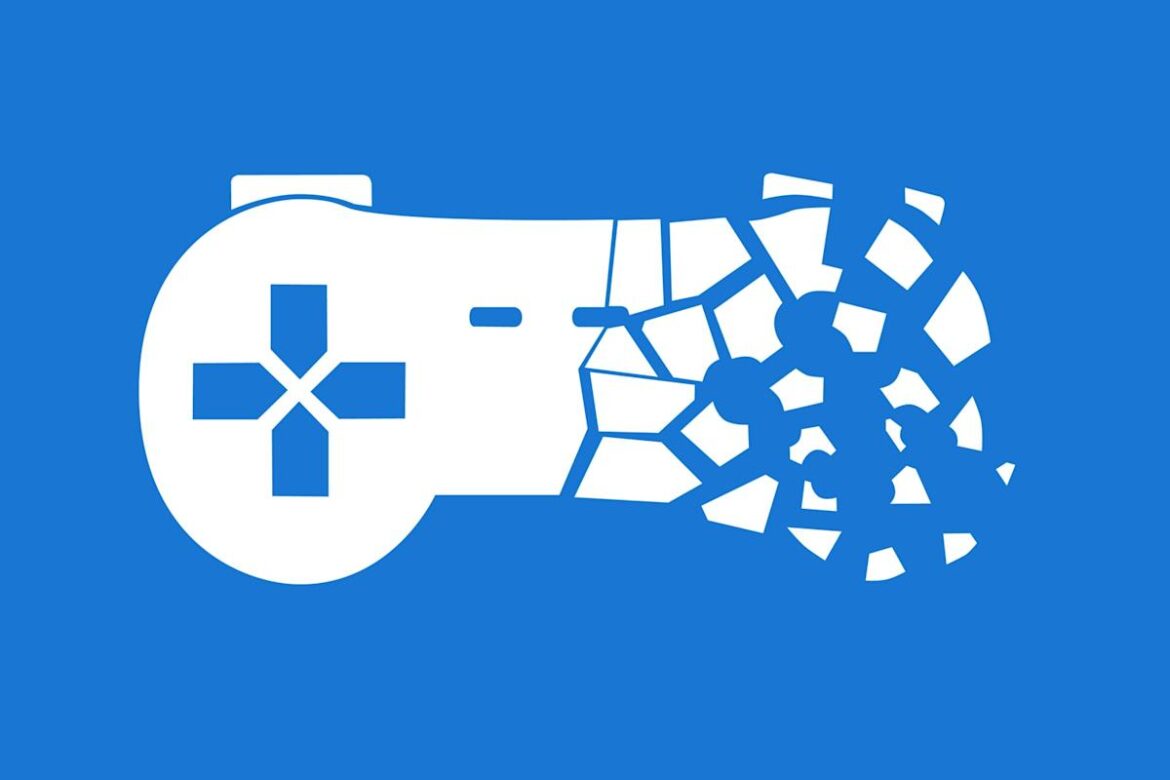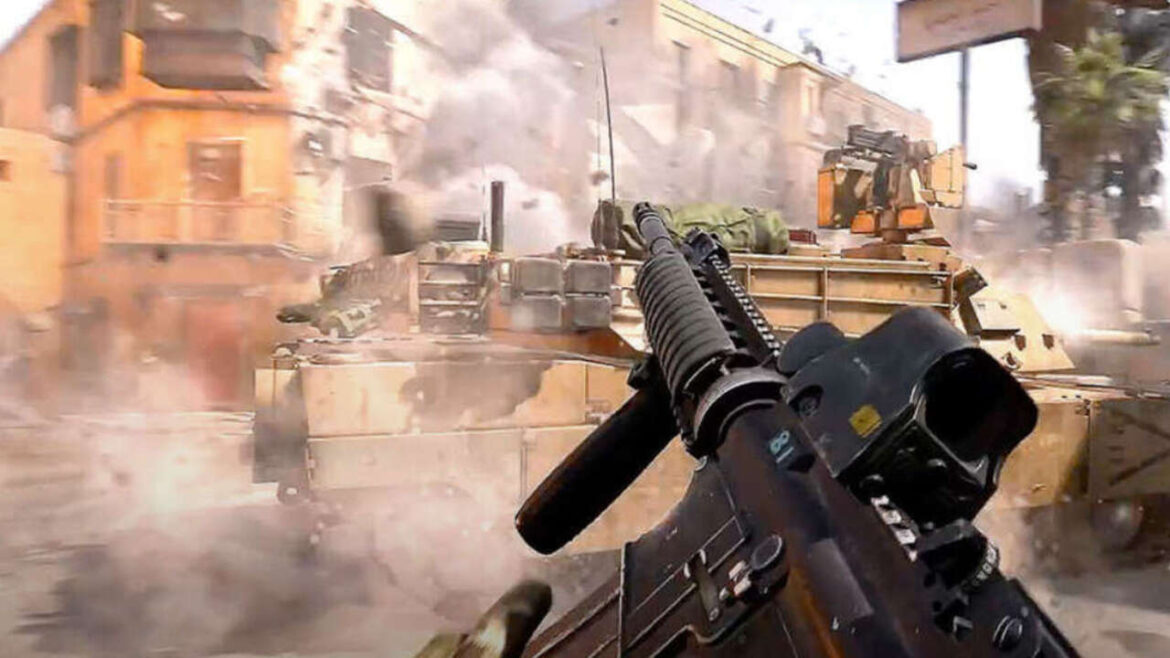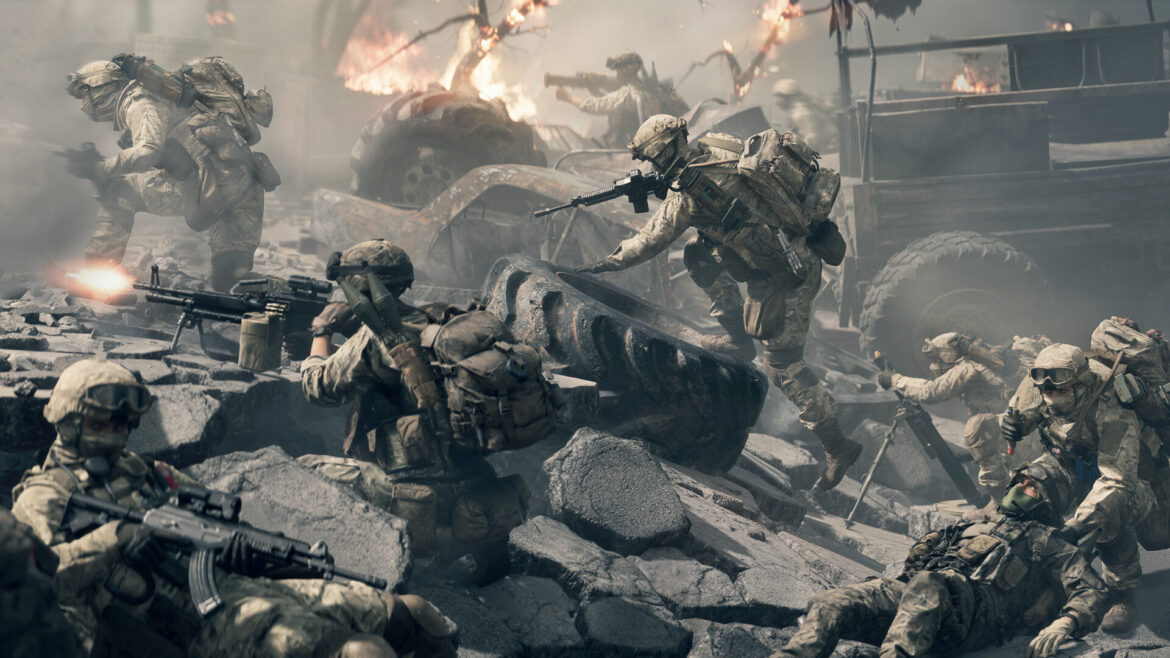Why you can trust TechRadar
We spend hours testing every product or service we review, so you can be sure you’re buying the best. Find out more about how we test.
Laifen Wave SE Toothbrush: One minute review
The Laifen Wave SE is the second electric toothbrush from the Chinese manufacturer. This Special Edition variant is a follow-up to the original Wave which looks – and is in most ways – very similar.
The standout difference in the SE over the Wave is that this offers what the company calls a more “cozy” brushing experience. How? It vibrates less. Yup, while the original Wave pushed out a brain buzzing 66,000 vibrations per minute, this variant is a far more gentle 26,000. There are also a few more color variants available in the SE, too.
So while this might make the best electric toothbrush list alongside sonic and traditionally oscillating models, this brush both oscillates and vibrates, carving its own niche in electric toothbrush options.
One other big shift in the SE is that this model has been certified by the American Dental Association. That makes this the first dual-action toothbrush to achieve this accolade, helping this unique offering stand out even more.
The battery life is another area this manages to perform very well in thanks to a 50-hour top-end, possibly due to its lower power. The brush can be charged to full in only three hours using a standard USB-C port, meaning you may only need to take one cable when travelling.
Most Laifen replacement heads will work with the SE, and you get two with the unit including travel cases for each. But you can also use Philips SonicCare heads, which is great if you need to pick one up in a physical shop, where you likely won’t find Laifen anytime soon.
Laifen Wave SE review: Price and availability
(Image credit: Future)
- Priced at $90 in the US
- £90 in the UK
- AU$200 in Australia
The Laifen Wave SE follows up the original, which arrived earlier in 2025, and is priced at $89.99 in the US, £89.99 in the UK and AU$199.99 in Australia.
That price gets you the brush unit, two replacement heads with their own travel cases, and a USB-A to USB-C charger cable. You also get an impressive two-year warranty and a 30-days “no hassle” guarantee.
Usefully, depending on your region, you can buy via Amazon for a quick and secure delivery – which can be free for Prime members.
You can buy a set of three replacement heads in various designs and levels of stiffness, including Super Clean, Gum Care, or Ultra-Whitening. In all cases, the price is the same at US$15.99 / £15.99 / AU$14.99 for a set.
(Image credit: Future)
Laifen Wave SE review: Specifications
Swipe to scroll horizontally
Component
Value
Battery life
50 days
Sonic vibrations
26,000 per minute
Charger
USB-C
Timer
Yes, two minute with 30-second haptics
Noise
55 dB
Charge time
3 hours
Laifen Wave SE review: Design
(Image credit: Future)
- Two colors
- IP68 waterproof
- Cushioned heads
At first glance you’d struggle to spot the difference between the Laifen Wave SE and the original model. That’s because they’re almost identical, only this version comes in two new colors: the Matte Yellow you see in these photos, plus a Meadow Green option.
In both cases, the outer is a soft matte PU coating that gives it a gentle feel but also adds plenty of grip, even when wet. At the top is a soft-to-touch power button topped by three LED lights to show which of the three settings you are using.
At the base is a cover which can be lifted to access the USB-C charging port. When closed, this creates a flat base so the brush can be stood up effectively. Up top is a metallic connector allowing you to swap heads with an easy slide on-and -off action. This is thanks to what the company calls an “advanced copper-free tufting process” which apparently prevents rust while keeping the heads in place.
The heads themselves are coated in soft food-grade TPE. The bristles themselves are ultra-fine to ensure they give the most accurate clean. Everything is IP68 waterproof which should mean you can give this a rinse under the tap without any worries.
Laifen Wave SE review: Features
(Image credit: Future)
- 50-day battery life
- Fast 3-hour charging
- USB-C port
Despite this offering both 60-degree oscillation movement and sonic vibrations at 26,000 per minute, this manages to deliver an impressive 50-day battery life, providing it’s kept on the softer setting. Then, when it comes to charging, the brush reaches back up to full in less than three hours. Crucially, the USB-C connection means you can use any old charging cable – a great feature when traveling, as you could use your phone charger if needed.
The oscillations themselves are a big part of the appeal: oscillating brushes are slightly higher by dentists, as you can see in our rotating vs sonic toothbrush examination. The oscillation mimics the kind of up and down action your dentist may have told you to do.
The app offers setting variations so you can find the ideal brush setup for you, including adjusting the level of vibration intensity, oscillation range and oscillation speed. These are presets available, so you can set up three separate presets on the brush and jump between them depending on what you want that day.
Brush heads are available from Laifen, but if you’re stuck out you can always pick up a Philips Sonicare head from a shop and that will also fit on the brush. It’s nice to see it’s not entirely proprietary.
(Image credit: Future)
Laifen Wave SE review: Performance
(Image credit: Future)
- Powerful top-end
- Long battery life
- Highly adjustable
This brush offers a quiet setting at just 55db and an impressive 50-day battery life. But that’s on the gentle mode, which I found it to be far too weak. With the settings pumped up, I noticed the battery life did drop, and that noise jumped quite a bit louder. However, neither was to the point of being a problem and this will still get you more than a month of use – and the noise isn’t annoyingly loud – it brings the toothbrush more in line with its high-power contemporaries. What you have here, essentially, is a toothbrush with a low-power option.
The power button won’t allow you activate with a long hold or double-tap to change mode. So while you can have three preset modes, you’ll need to dig out the app to change them, which is frustrating, and it reset after charging. I had to dig out the app to get back to how I like it. Not ideal.
The brush handle did a great job of absorbing vibrations while the head still delivered a powerful brush to your teeth. It strikes that perfect balance of being comfortable in the hand while giving your teeth a good, deep clean. Changing heads was easy, charging was fast and simple, cleaning was a doddle and the brush packed a soft, grippy outer that makes using this a pleasure.
Laifen Wave SE: Scorecard
(Image credit: Future)Swipe to scroll horizontally
Category
Comment
Score
Value
A decent price for what you get
4.5/5
Design
Clean, easy to hold and effective
4/5
Features
That oscillation angle and battery performance
4/5
Performance
Great cleaning, top battery and excellent comfort. Some minor frustrations.
4/5
Laifen Wave SE: Should I buy?
Buy it if…
Don’t buy it if…
Also consider
Swipe to scroll horizontally
Component
Oral-B iO Series 6
Colgate Hum Smart Rhythm
Battery life
20+ days
90 days
Movement
8,800 oscillations+ 20,000 pulsations per minute
30,000 vibrations per minutes
Charge time
12 hours
AAA batteries
Modes
Five
Two
How I tested
I used the Laifen Wave SE multiple weeks in order to test the effectiveness of the brush itself, along with battery performance. I used this for travel, overnight, and in various bathrooms with multiple chargers.
My brushing was twice daily with its two-minute timer and haptic half-minute guidance vibrations used to get a full and fair brush. I was also testing other brushes from Oral-B, which allowed me to see the difference between features like extra modes, oscillations versus sonics, battery life, apps and more.







